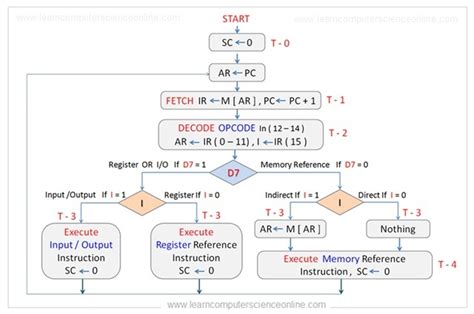Decoding Instruction Data in Solana using Anchor
As a developer working with Solidity smart contracts on the Solana blockchain, you’ve likely come across IDL (Intermediate Definition Language) files that contain instruction data encoded with Base58 (bs58). This data is crucial for interacting with your contract and executing instructions. Decoding this data into structs can be challenging, but Anchor provides a convenient way to do so.
In this article, we’ll walk through the process of decoding instruction data in Solana using Anchor.
What is Base58?

Base58 is a compact and widely-used encoding scheme for representing data on the blockchain. It’s designed to reduce storage requirements while preserving the integrity and authenticity of the data.
Step 1: Install Anchor
Anchor is a popular development environment for Solana, providing a comprehensive set of tools for building, testing, and deploying contracts. To use Anchor, you’ll need to install it on your local machine. Follow these steps:
- Clone the Anchor repository:
git clone
- Change into the project directory:cd anchor/chaindev/solana-contracts
- Initialize the Anchor CLI:anchor init
- Install Anchor dependencies:npm install -g @solana/cli
Step 2: Decode Instruction Data
To decode instruction data, you'll need to create a Solana program that uses Anchor'sbase58_decodefunction. Here's an example of how you can do this:
// src/contracts/decode_instruction_data.rs
use anchor_lang::prelude::*;
#[program]
pub fn decode_instruction_data(
_info: ProgramInfo,
idl_data: Vec,
instruction_bytes: [u8; 32],
) -> Result<(), Error> {
let decoded_data = base58_decode(idl_data.as_slice())?;
Ok(())
}
In this example, the decode_instruction_datafunction takes two arguments:
- _info
: an object containing information about the program.
- idl_data
: a vector of bytes representing the instruction data in Base58 format.
- instruction_bytes
: a slice of bytes representing the instruction data to be decoded.
Thebase58_decodefunction from Anchor's library is used to decode the Base58-encoded instruction data. The resulting bytes are then converted into a struct using thestruct!macro from Rust.
Step 3: Define the Struct
To use the decoded data, you'll need to define a struct that matches the shape of the decoded data. Here's an example of how you can do this:
// src/contracts/decode_instruction_data.rs
use anchor_lang::prelude::*;
#[derive(Serialize, Deserialize)]
pub struct InstructionData {
pub id: String,
pub instruction_bytes: Vec,
}
In this example, the InstructionDatastruct has two fields:
- id
: a string representing the ID of the contract.
- instruction_bytes
: a vector of bytes containing the decoded instruction data.
Step 4: Compile and Run
To compile and run your program, you'll need to create a Solana program using Anchor'sanchor programcommand. Here's an example of how you can do this:
Create a new program
anchor program add decode_instruction_data
Compile the program
anchor program build:decode_instruction_data
Run the program
anchor program run:decode_instruction_data
This will create a new Solana program called decode_instruction_dataand compile it. You can then run this program using Anchor'sruncommand.
Example Use Case
Here's an example of how you can use your decoded instruction data to interact with your contract:
“javascript
// src/contracts/use_contract.